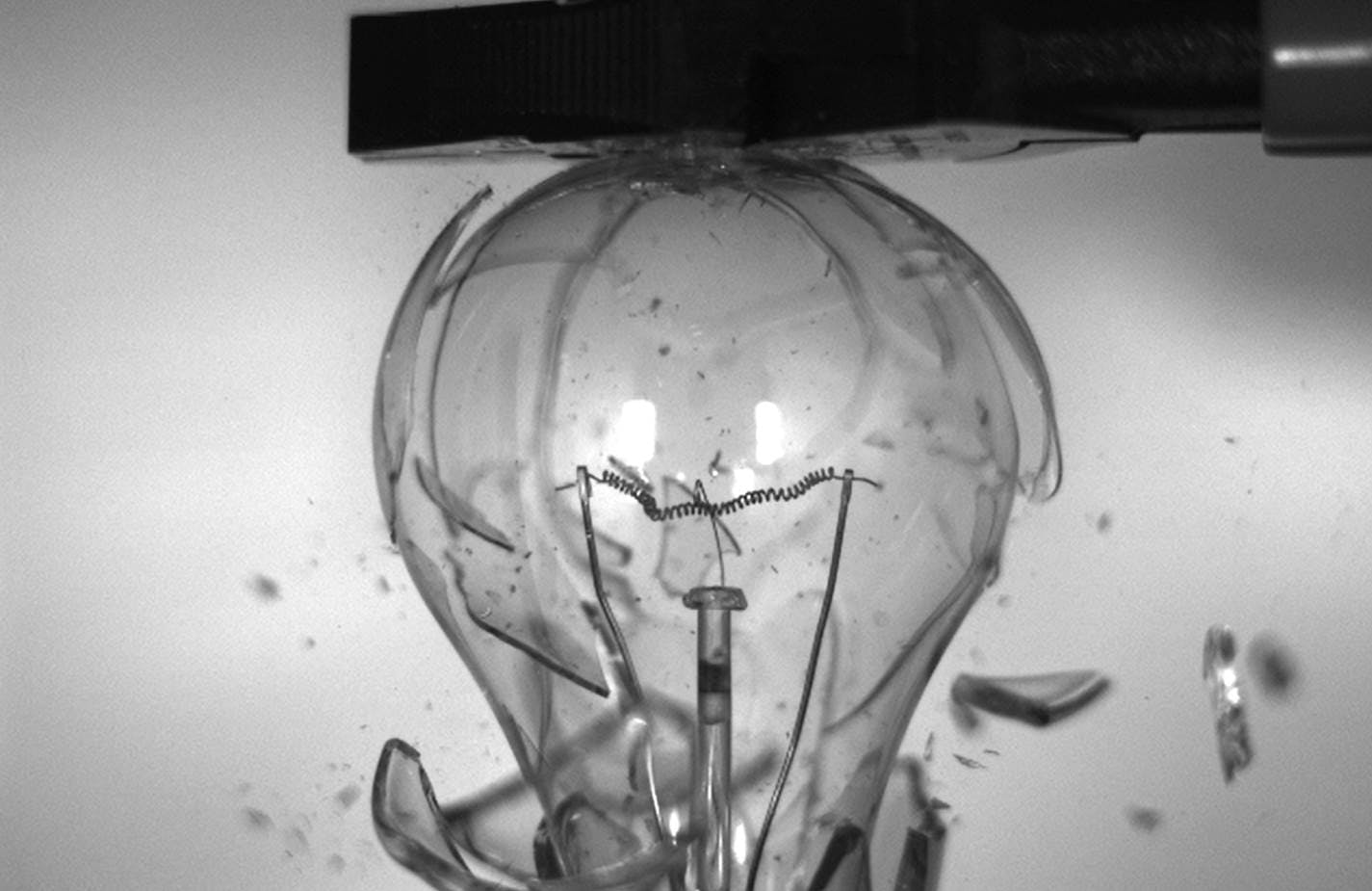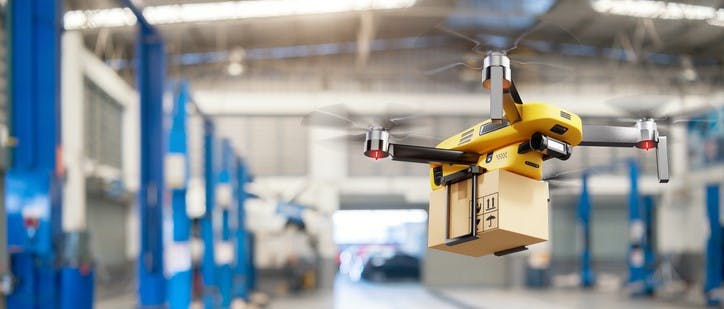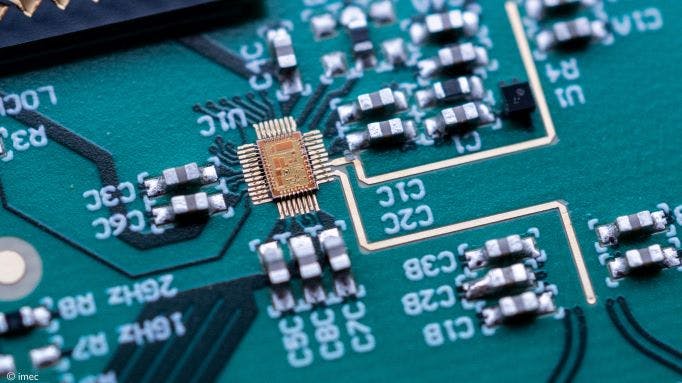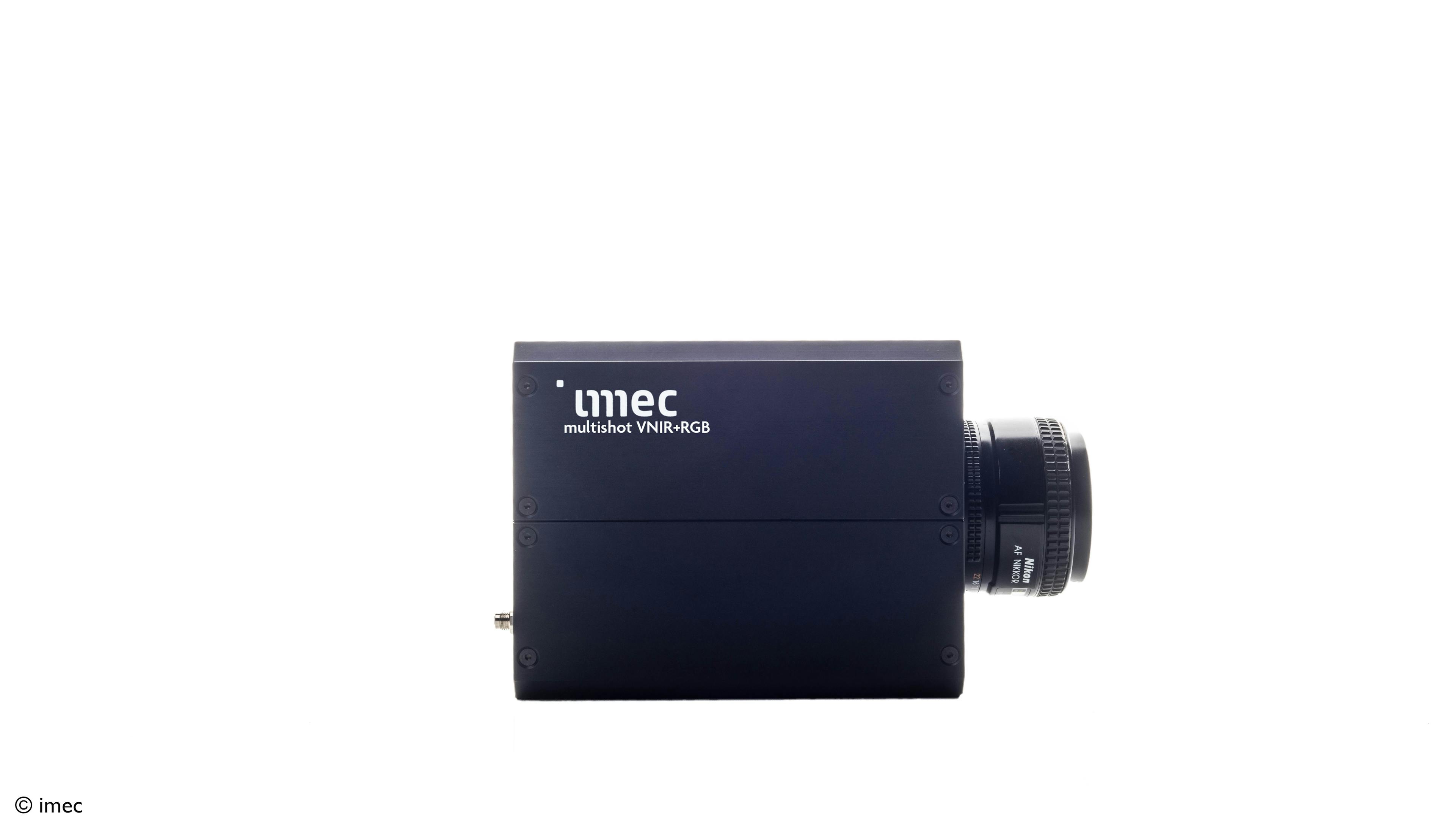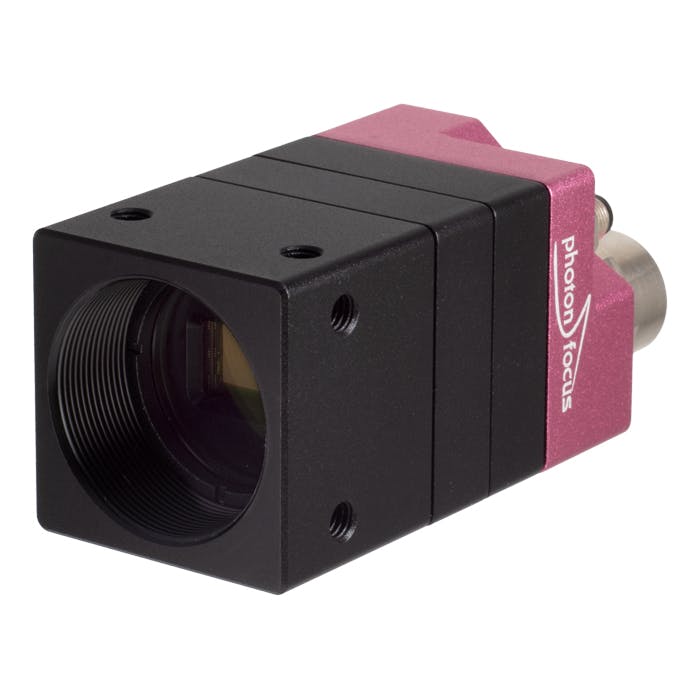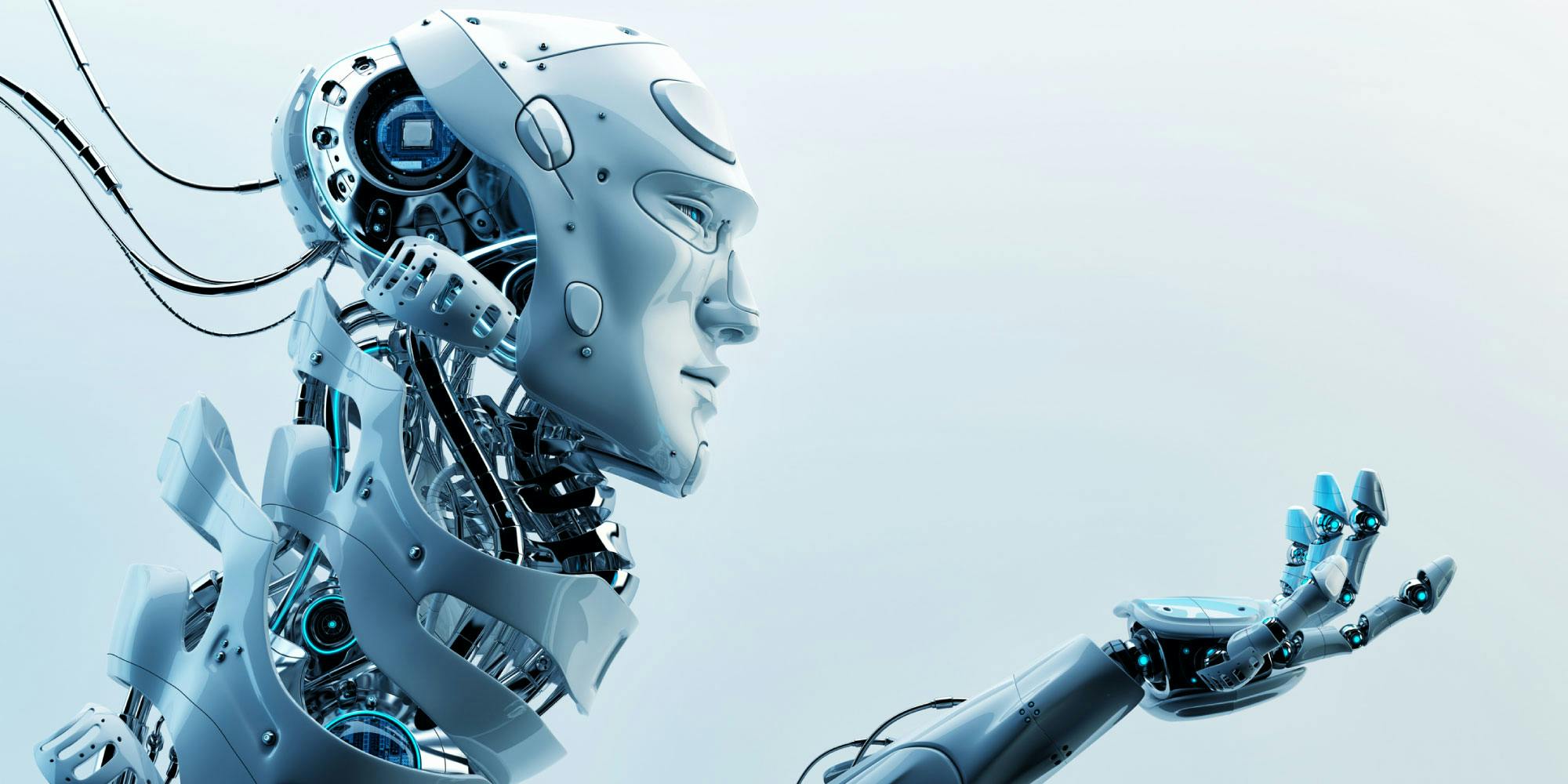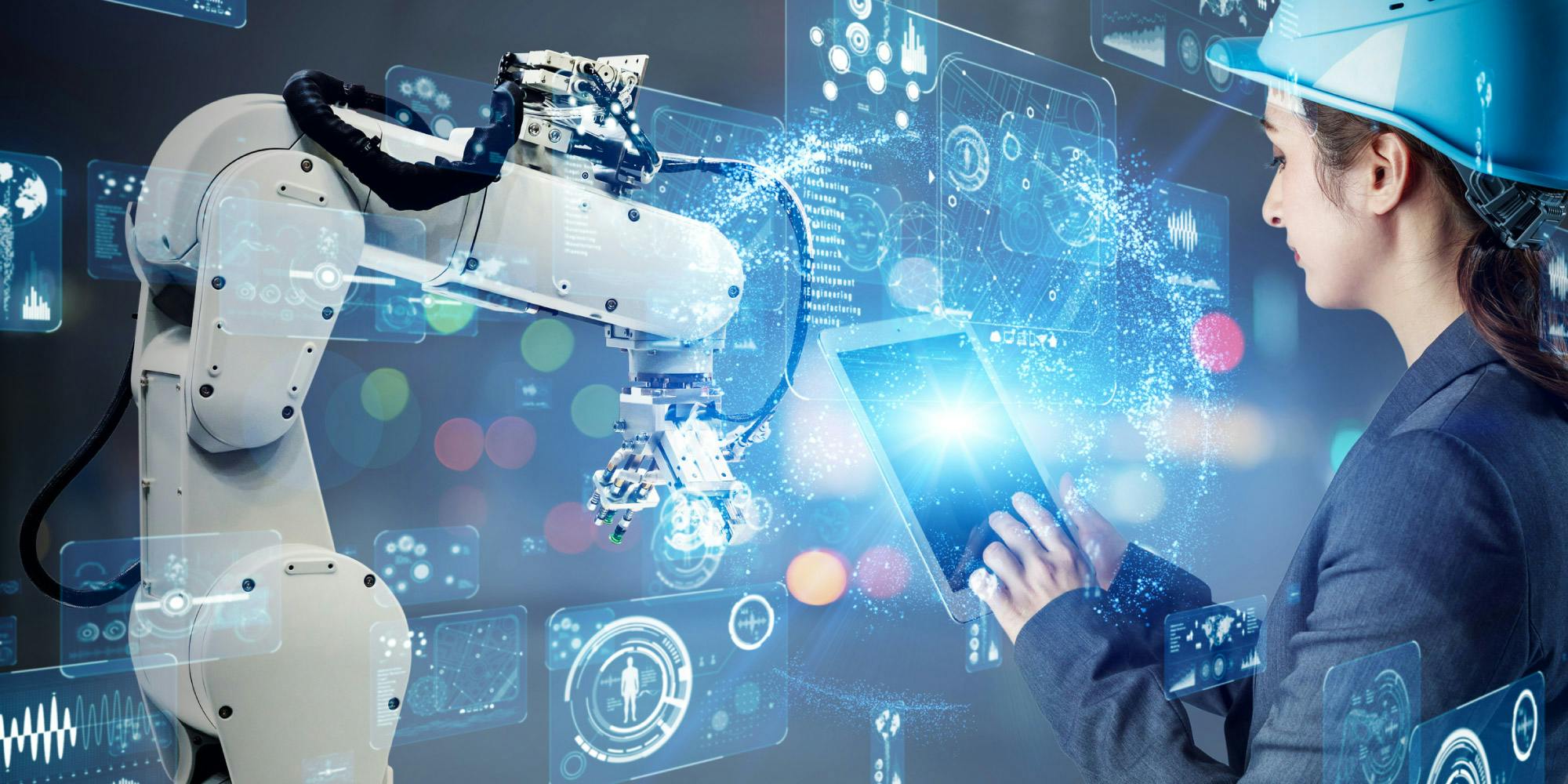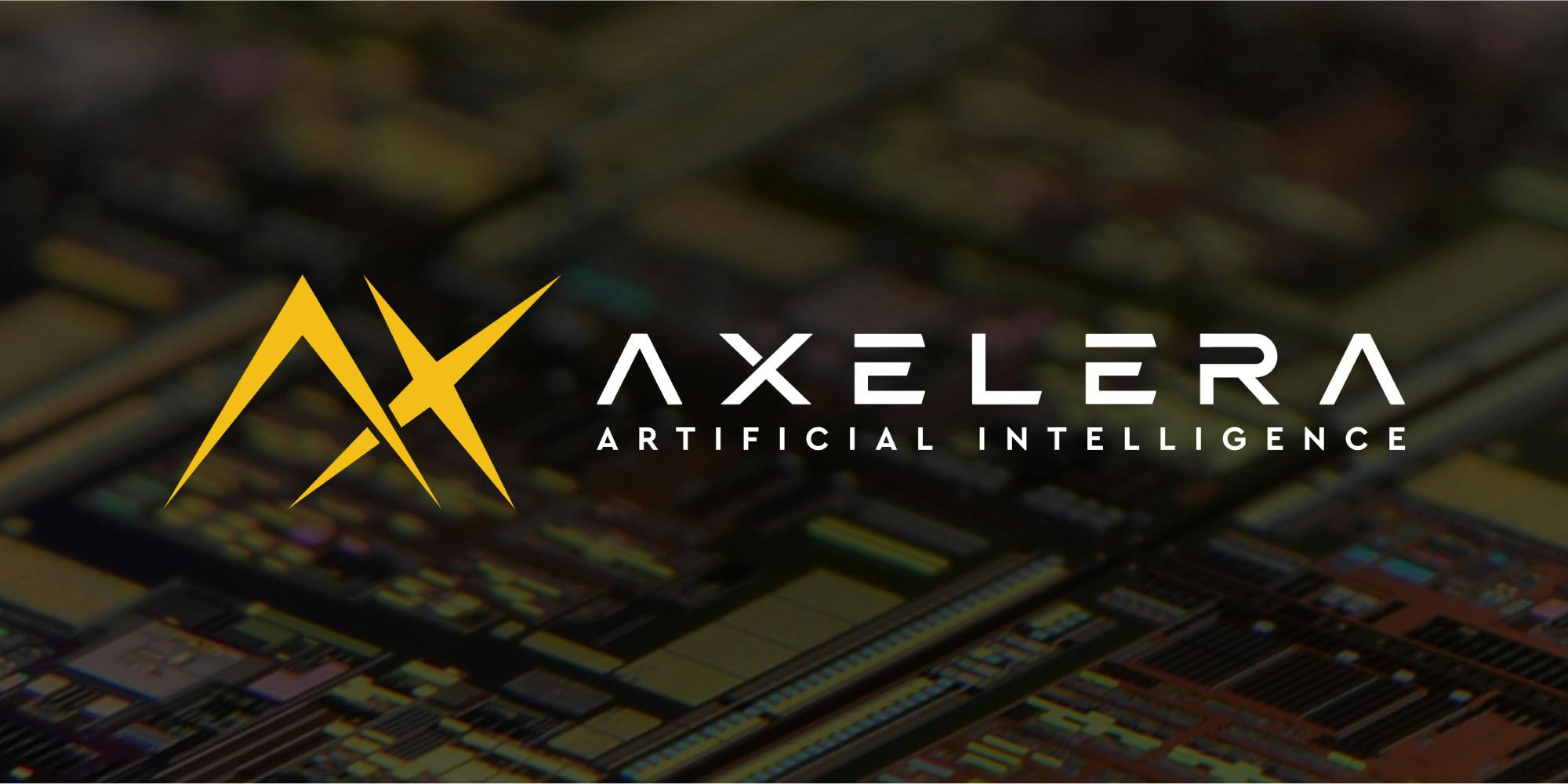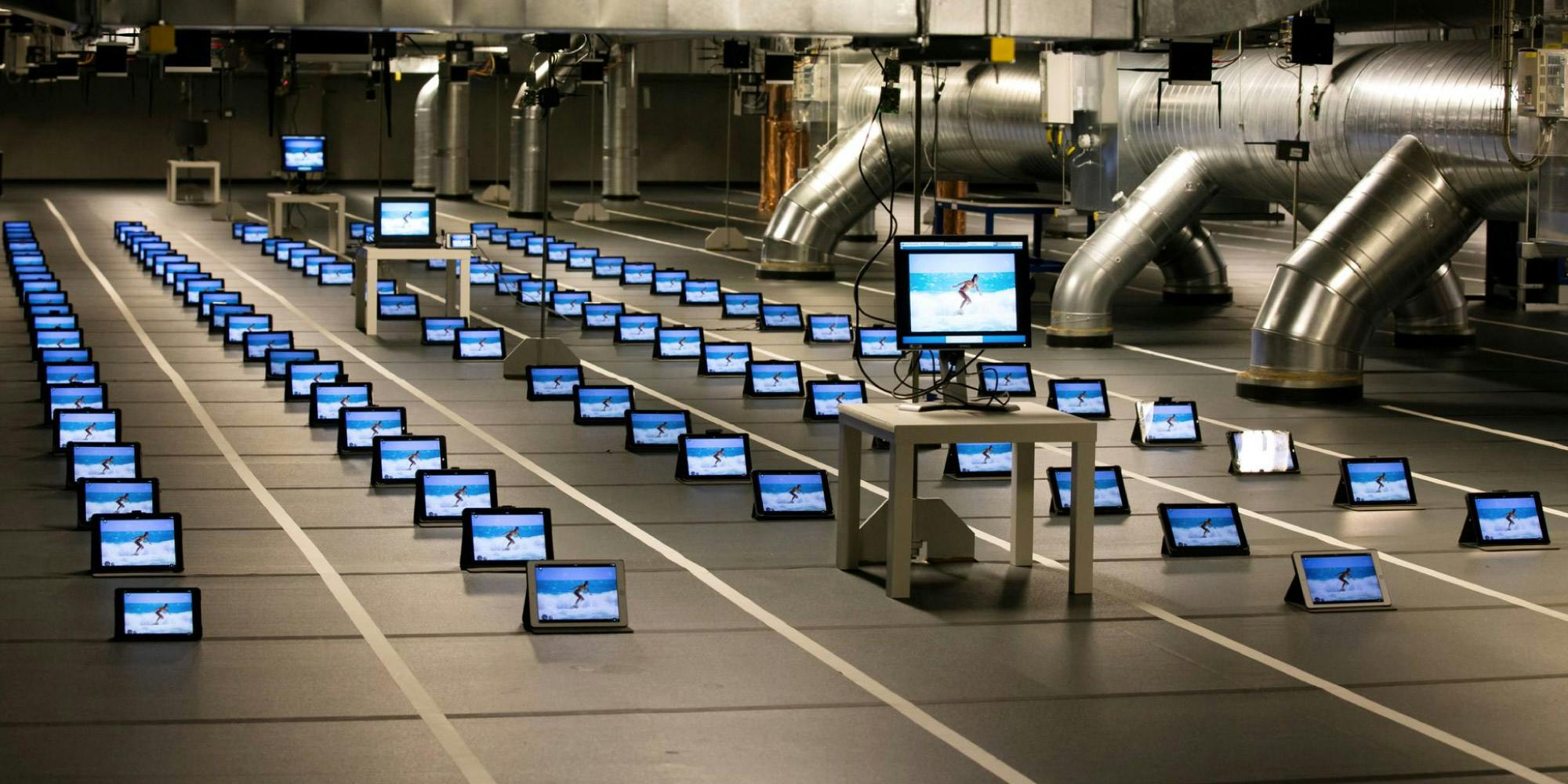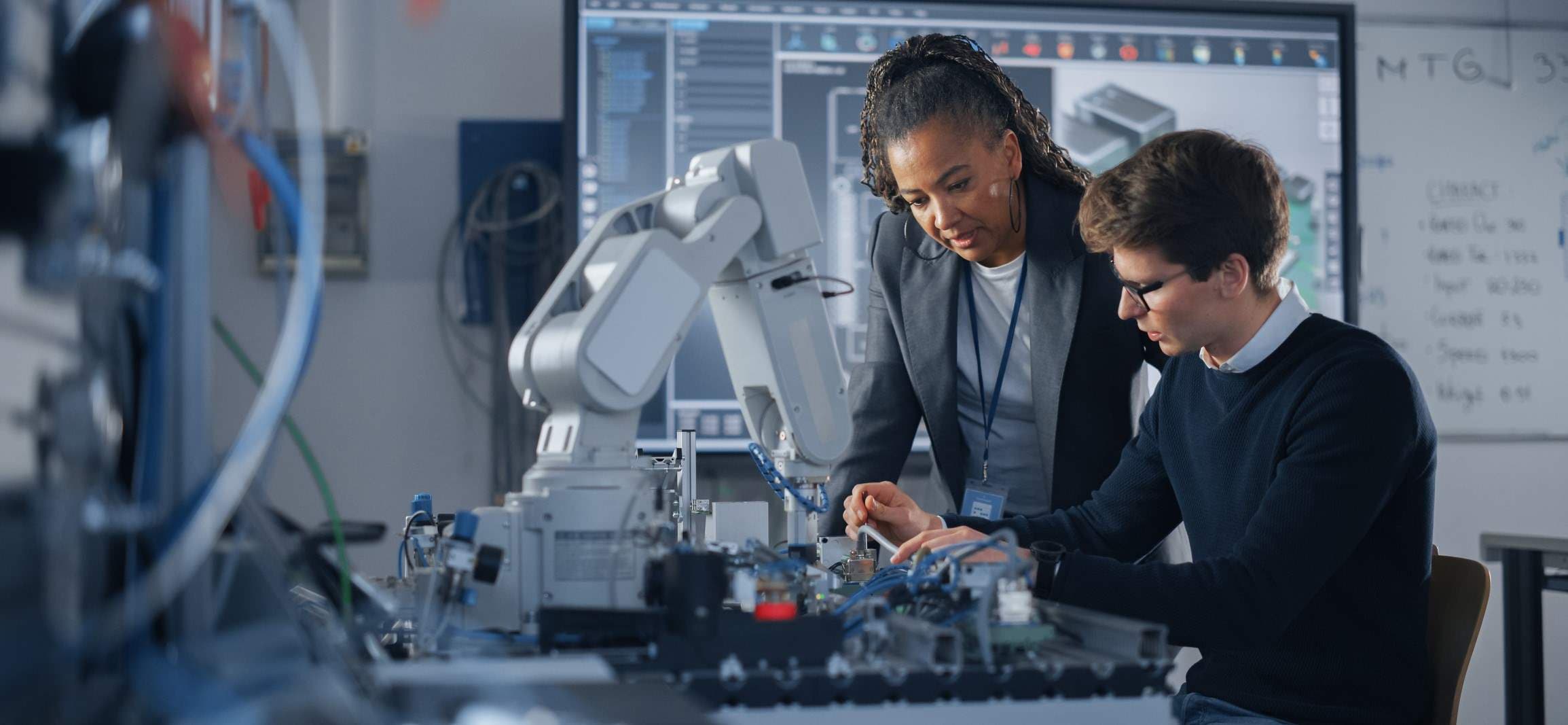
Beyond automation: SAFEBOT's vision for situationally aware robotics
How can you ensure robot and cobot safety without reducing speed and, hence, productivity? Imec and BruBotics-VUB are working on a solution to develop a state-of-the-art on-robot sensor-fusion safety perception system with an intelligent robot controller.
What does the blueprint of the future factory hold? The answer to that question is bound to change over the next ten years.
We stand on the cusp of a transformative leap in manufacturing – a shift towards an era where humans and robots collaborate more closely than ever before. This new paradigm reimagines the traditional boundaries of human-robot interaction. We'll see robots stepping out from their cages to share workspaces with humans, adapting flexibly to the ebb and flow of factory life.
Read more here: the next generation of robots: inspired by nature, tailored by humans
"In the future landscape of industry, the traditional barriers that separate humans from robots will dissolve." – Prof. Dr. Ir. Bram Vanderborght, head of BruBotics
To enable this vision of a future where robots and humans collaborate seamlessly, integrating “collaborative robots (cobots)” into the workforce is pivotal. These cobots are set to:
- Elevate productivity and production quality.
- Address the skilled labor shortage facing Europe.
Their introduction promises enhanced working conditions, bridging human ingenuity with robotic precision, strength and intelligence – in a shared workspace.
Towards safe human-cobot interaction
This future is contingent upon ensuring the safety and acceptance of these robotic counterparts. It requires them to operate at a natural pace alongside humans.
Addressing this challenge, imec, in collaboration with VUB's BruBotics research group, is pioneering an intelligent perception and control system for robotic manipulators. The initiative aims to ensure that cobots can safely interact, communicate and collaborate with human workers, further enhancing workplace safety and productivity.
This effort marks a significant step toward realizing the vision of Industry 5.0, where human and robot collaboration redefines efficiency and workplace dynamics.
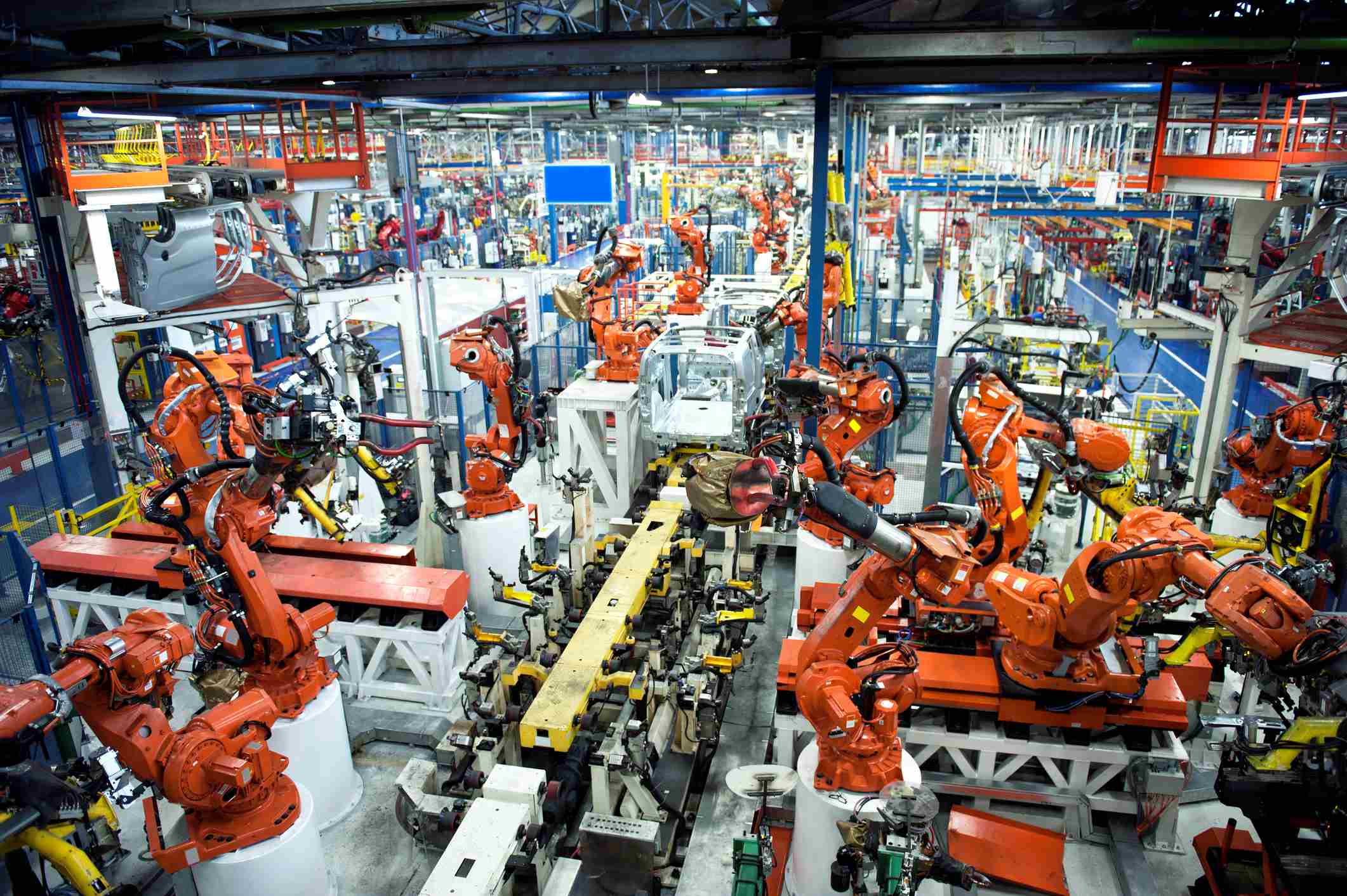
Current generations of industrial robots mostly work in fenced-off environments.
Today’s cobot safety insurance: current solutions and non-existence of ‘collaboration’
There are broadly three ways in which cobot safety is addressed to date. Each has its shortcomings:
- on-robot power and force monitoring, mainly by built-in torque sensors – The cobot only stops when there’s a direct collision with the environment or the worker. Impacts with the worker can lead to injuries or clamping of body parts, especially if dangerous end-effectors are used. Additionally, substituting cushions or pads, while reducing the risk of injury, lowers the robot's effective payload.
- external speed and separation monitoring by externally installed sensors such as laser scanners or radar sensors – The cobot gradually slows down when it approaches other objects or humans. This reduces the speed of the operation and the productivity, hampers flexibility, can be affected by occlusions and takes up a lot of space. Moreover, certification costs extra time and money.
- on-robot speed and separation monitoring by capacitive sensors – The cobot senses conductive obstacles in very close proximity before there’s a collision. However, this does not always apply when those obstacles are non-conductive. It also doesn’t allow the robots to accurately perceive the surrounding space to adjust the navigation with spatial awareness.
Fusing senses, mastering control: the future of robotic safety and intelligence through robotic awareness
“Overcoming the existing barriers in robotic technology to enable more adaptive and aware robotic systems is at the core of our mission." – Ir. Constantin Scholz, program lead at BruBotics-imec
Our solution will overcome the productivity and safety dilemma the industry is currently facing. It will allow for flexible factories and effective human-robot interactions.
The ambition is to create a comprehensive robot control and perception system that can be or is directly implemented onto the robot. This system moves beyond the limitations of on-robot capacitive or touch cover sensing, which are hindered by restricted range and resolution. Instead, it provides a 360-degree spatial perception around the robot's arm.
This allows the robot to navigate safely through unoccupied spaces and intelligently recognize its objectives within that space.
Furthermore, it enhances interaction with human coworkers through an on-robot communication interface, ensuring efficient and intelligent collaboration in the workplace. To achieve this, we combine our in-house knowledge of sensor hardware and sensor fusion software.
This will prove valuable in an Industry 5.0 setting and spill over to other applications such as social robots, autonomous mobility, smart homes, and many other areas where an awareness of the environment and speed and productivity is required.
Partner with us
Want to join this development project and be among the first to benefit from its developments? We welcome partners such as robot manufacturers, integrators, OEMs and industrial robot users.
Click the button below to get in touch.

